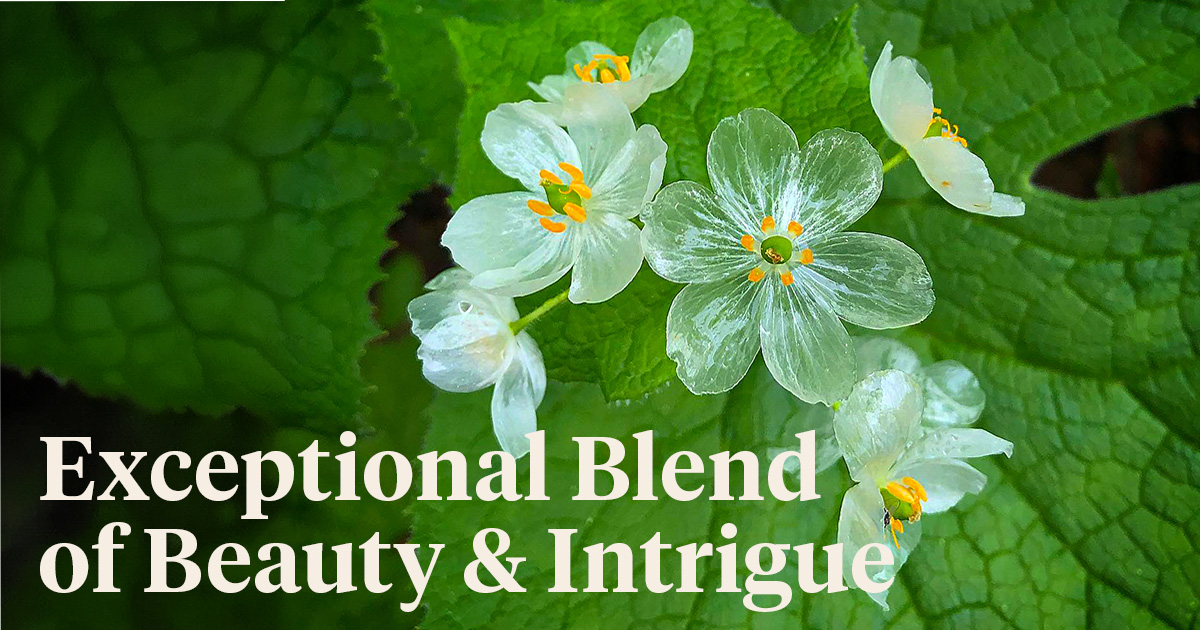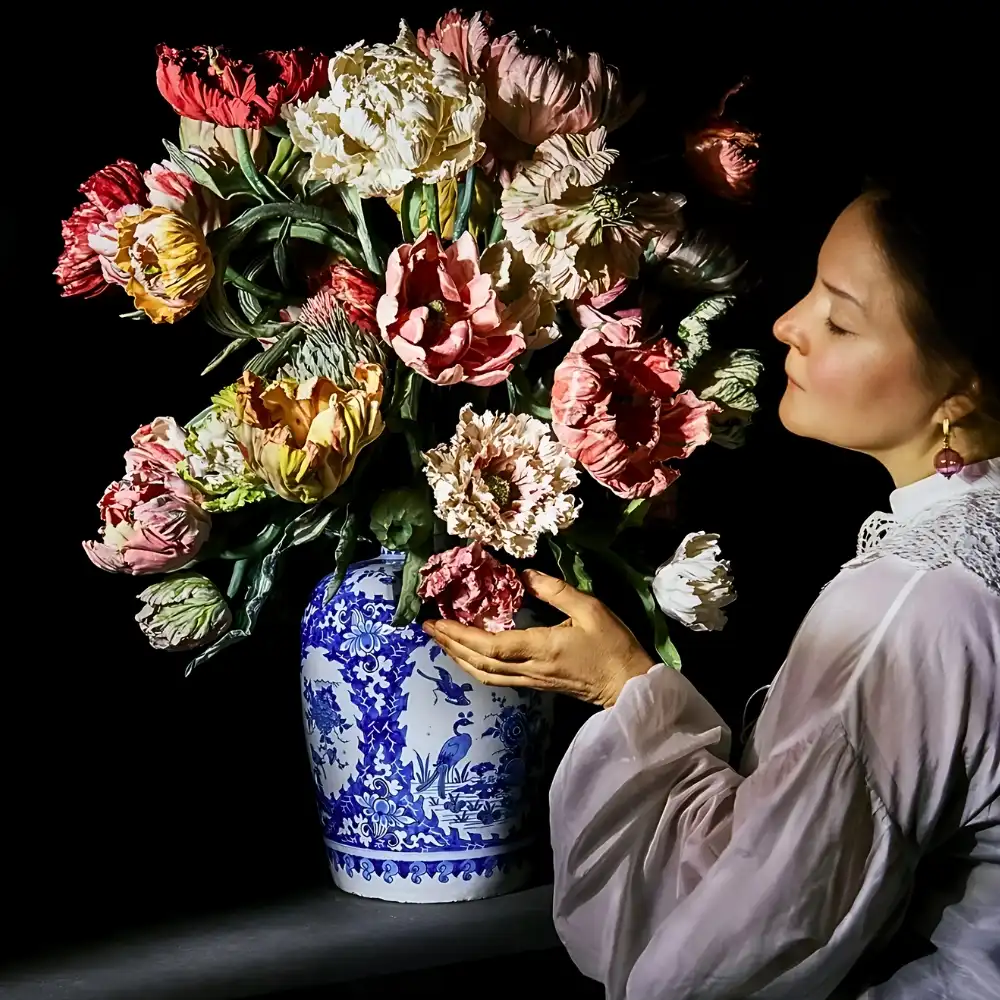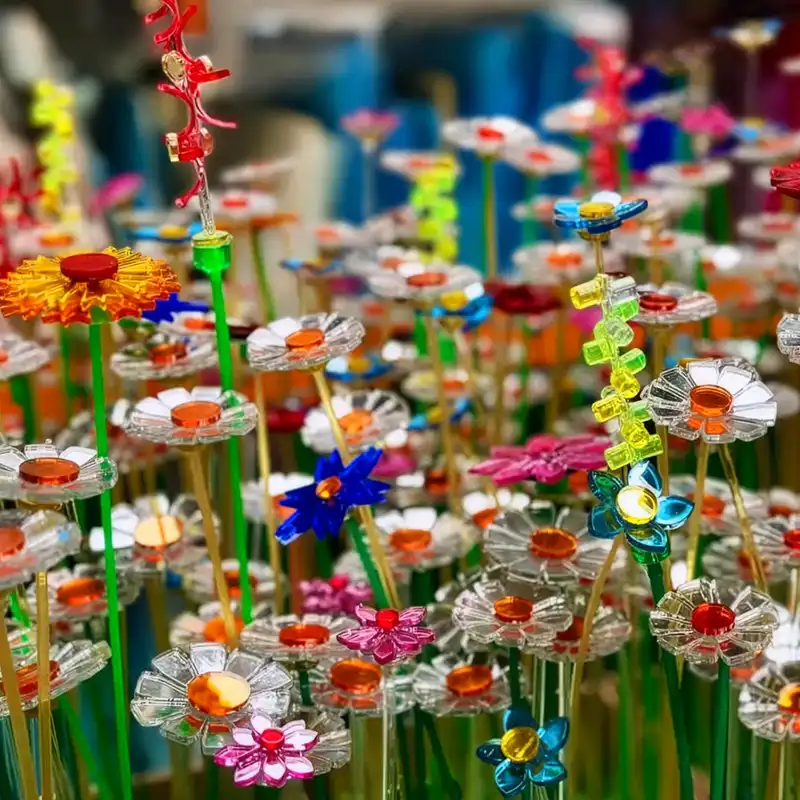Skeleton flower plants are a marvel of nature. What makes these plants so special is that they have delicate white petals that turn translucent when wet, revealing their intricate structure. It is like a ghostly transformation when these flowers suddenly show their skeleton. Hence, the name.
Native to the mountainous regions of Japan, China, and the Appalachian Mountains, they are horticultural treasures with rich cultural significance.
The Skeleton Flower a.k.a. Diphylleia Grayi Is a Unique Perennial
Skeleton flower, a common name for Diphylleia Grayi belongs to the Berberidaceae family and is closely related to the North American mayapple. Flowering in early summer, they showcase clusters of delicate white blossoms against lush green foliage. They thrive in shady locations and require good drainage and rich, organic matter. Although slow-growing, a skeleton flower rewards gardeners with its unique beauty and resilience. Their preference for shade gardens and cooler regions makes them ideal for adding mystique to shaded garden corners.
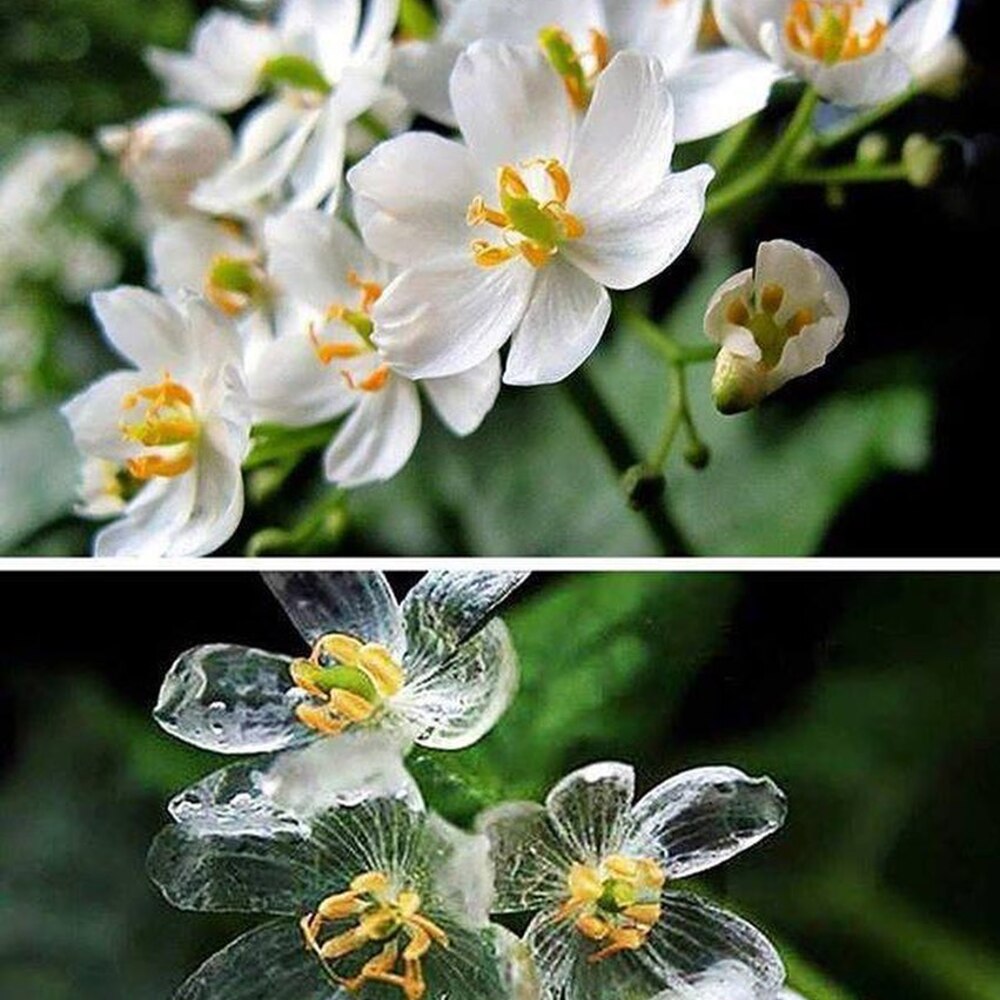
Skeleton Flower Plants in History, Tradition and Culture
The skeleton flower holds a notable place in Asian history and culture. Celebrated for not only their beauty but especially for their unique transformation, they often symbolize the balance between life and death. In Japan, it features traditional practices like ikebana and hanami, resonating with the appreciation for nature's transient beauty. In Korea and China, the skeleton flower is used in rituals symbolizing purity and impermanence.
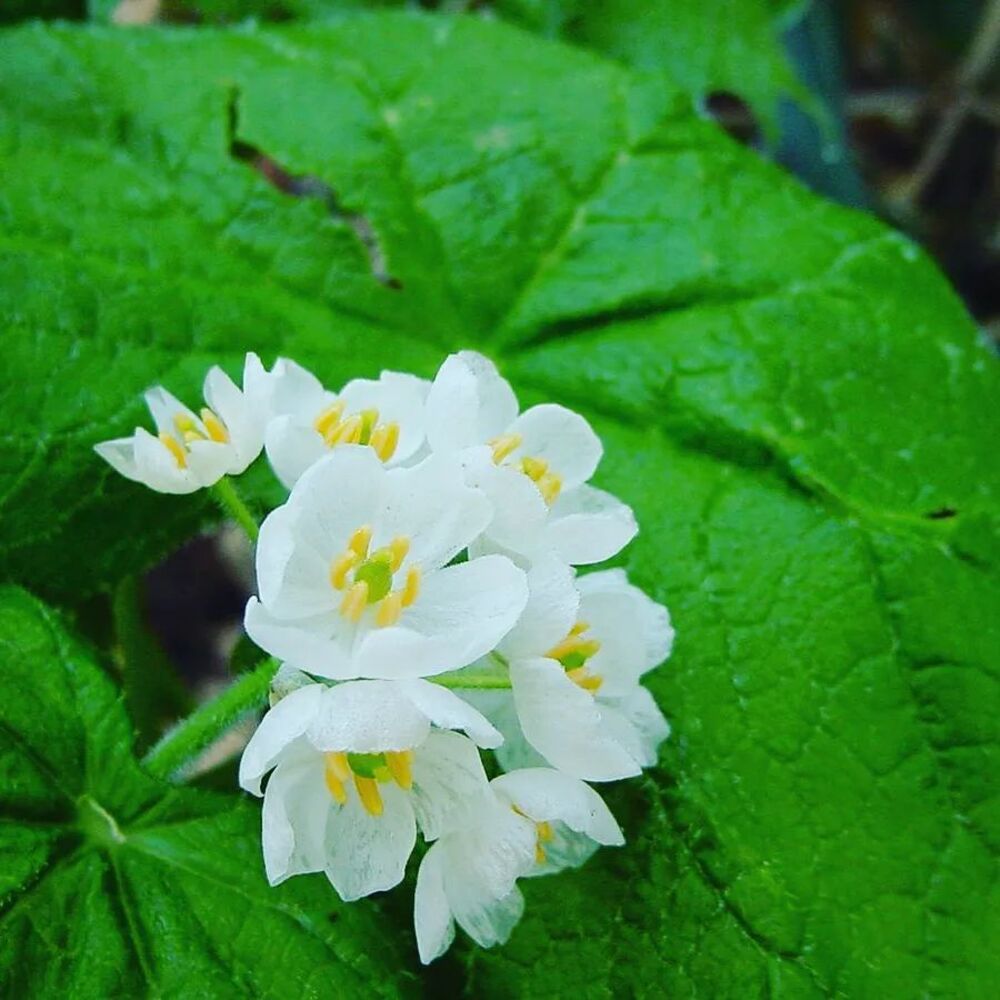
Modern botanical studies value its unique properties, offering insights into plant physiology and adaptation, making it a significant subject for researchers and students.
Skeleton Flowers in Tattoo Art
In tattoo art, skeleton flowers are popular for their symbolism and beauty. Often depicted with ferns and butterflies, these tattoos represent personal growth and transformation. The flower's change from opaque to clear symbolizes shedding past identities and revealing one's true self.
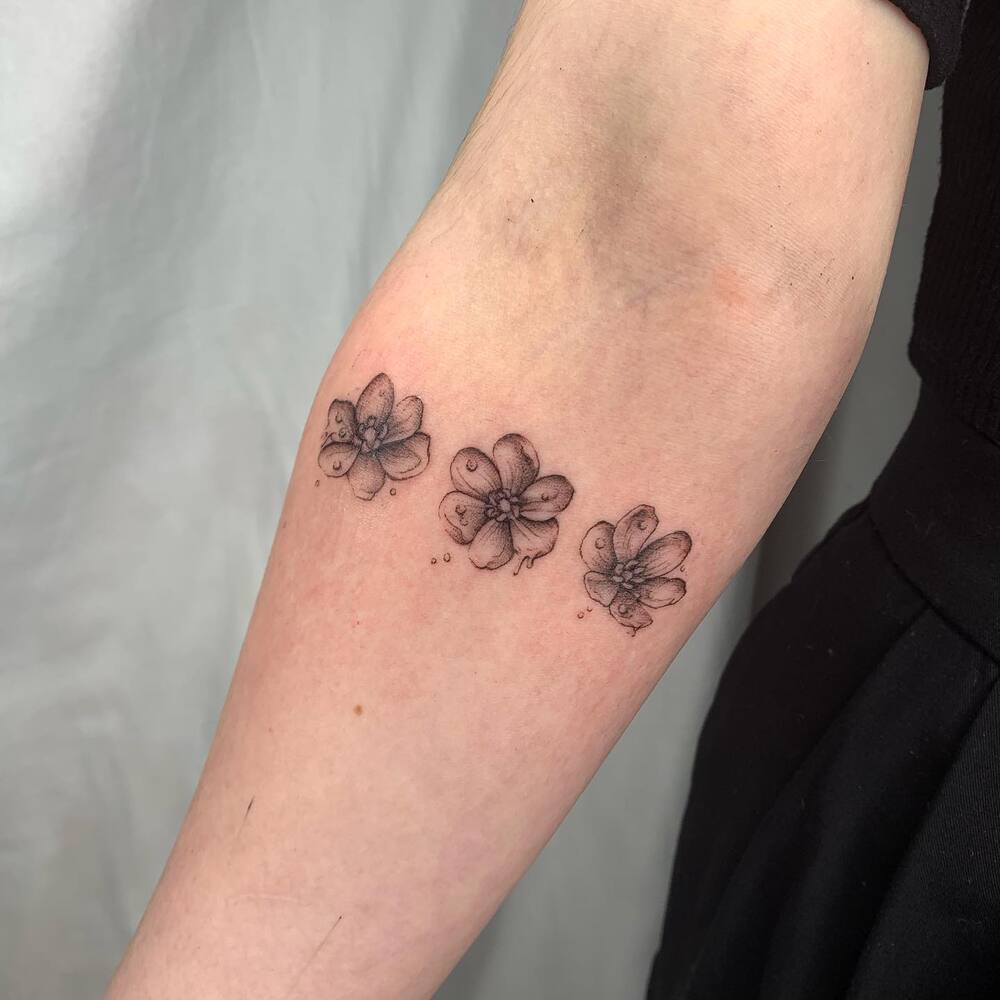
This resonates deeply with many, making it a meaningful choice for body art. The cultural significance of skeleton flowers in Japanese and Chinese traditions, (representing resilience and impermanence) adds depth to their representation in tattoos.
Whether in minimalist or elaborate designs, skeleton flower tattoos celebrate the magic and mystery of this extraordinary plant. Read more about the popular flower tattoos that people prefer inking on their body!
The Right Environment Conditions for Your Skeleton Flower Plant
As said before, skeleton flower thrives in shade gardens and woodland areas. They need partial to full shade as direct sun can damage their delicate petals. Rich, loamy, well-drained soil with consistent moisture is essential. Shielding them from the midday sun and maintaining moist soil conditions are important for their growth.
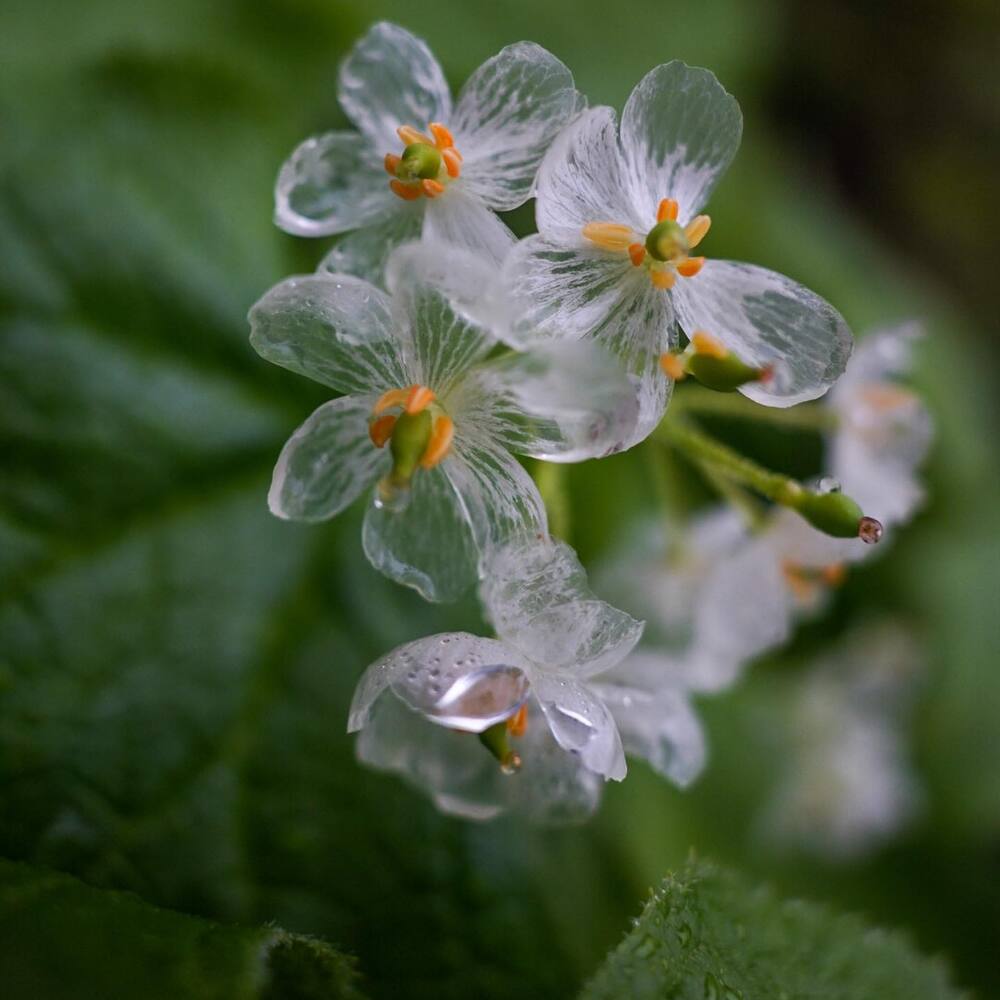
Planting and Propagating Skeleton Flowers
To successfully grow skeleton flowers, careful attention must be paid to planting and propagation techniques, ensuring that these delicate perennials have the best start in life.
Planting Your Skeleton Flowers - The Garden Versus Container Debate
Choosing the right planting method for skeleton flowers depends on your climate and garden setup:
-
In the Garden: Skeleton flowers thrive naturally in gardens that replicate their woodland origins. The roots can spread robustly, benefiting from consistent moisture and organic matter. Gardens facilitate their dormancy period during winter, which is crucial for their lifecycle.
-
In Containers: Growing in containers is more challenging due to restricted root growth and difficulty maintaining moisture and organic matter. The dormancy period is harder to manage, especially indoors. However, containers can be beneficial in colder regions for moving plants indoors during extreme weather, though they require increased care.
Planting in the garden is generally more suitable for long-term growth and natural dormancy.
When and How to Plant Skeleton Flowers
The growing season for this diphylleia species plant is early spring, two to three weeks after the last frost. Prepare the site with compost to enrich the soil. Dig a hole twice the size of the root ball, place the plant in, and cover the crown slightly.
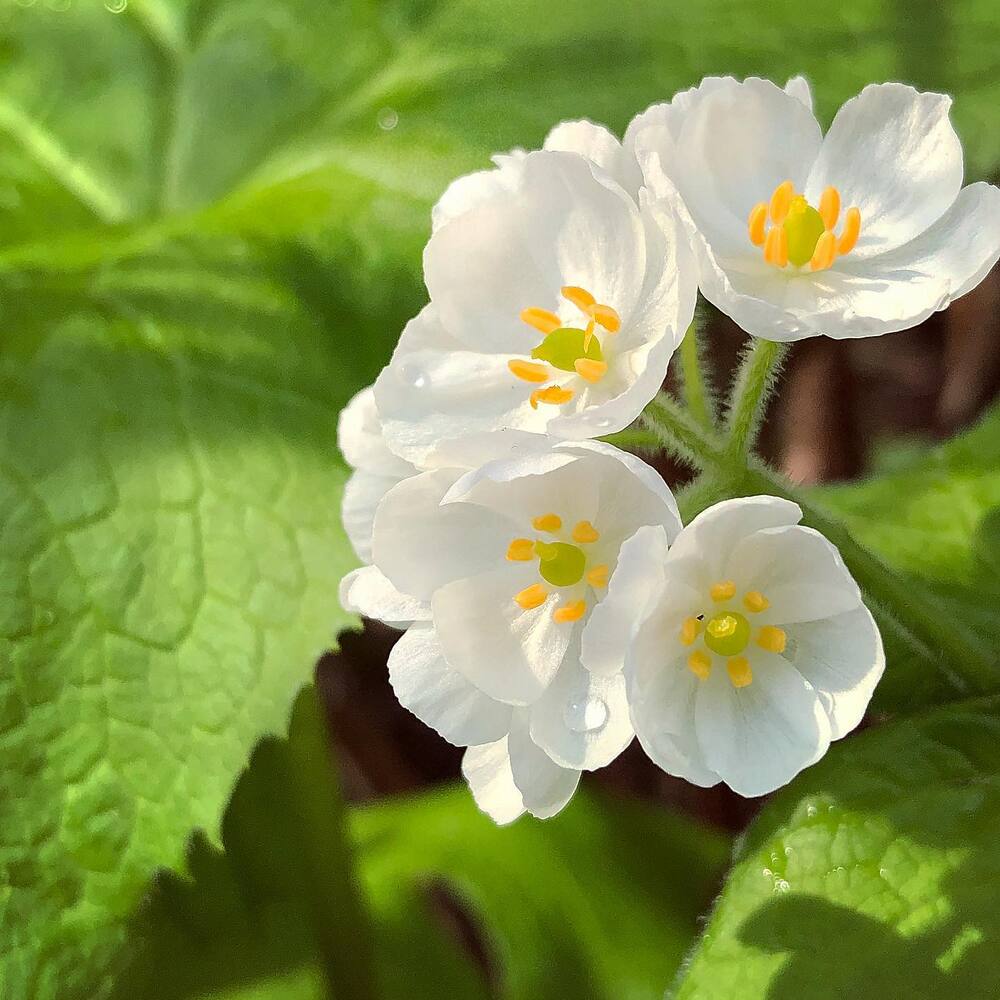
Firm the soil around the roots and water thoroughly. They prefer shaded locations mimicking their woodland habitat. Avoid direct sun, which can scorch their petals. Ensure the soil is loamy, well-drained, and rich in organic matter. Keep it consistently moist but not waterlogged to prevent root rot.
Different Methods to Propagate Your Skeleton Flower Plant
Propagating skeleton flowers can be achieved through seeds, rhizome division, or transplanting nursery-grown plants.
-
Seeds: Growing from seeds is delicate. They require cold stratification — store them in the refrigerator for months before planting. Sow in seed-starter mix trays, keep in bright, indirect light, and maintain moisture. Expect low germination rates.
-
Rhizome Division: The most reliable method. In early spring, dig up the rhizomes, divide them with a sharp knife, and replant in shaded, well-prepared soil. This rejuvenates older plants and encourages new colonies.
-
Nursery Plants: These offer a head start as they are already established. Plant in the garden with the same soil preparation as bare-root plants, bypassing seed germination challenges.
Skeleton Flower Care
Caring for your skeleton flower, involves replicating the conditions of their native habitat of the mountains. Here’s how to ensure these delicate plants thrive in your garden.
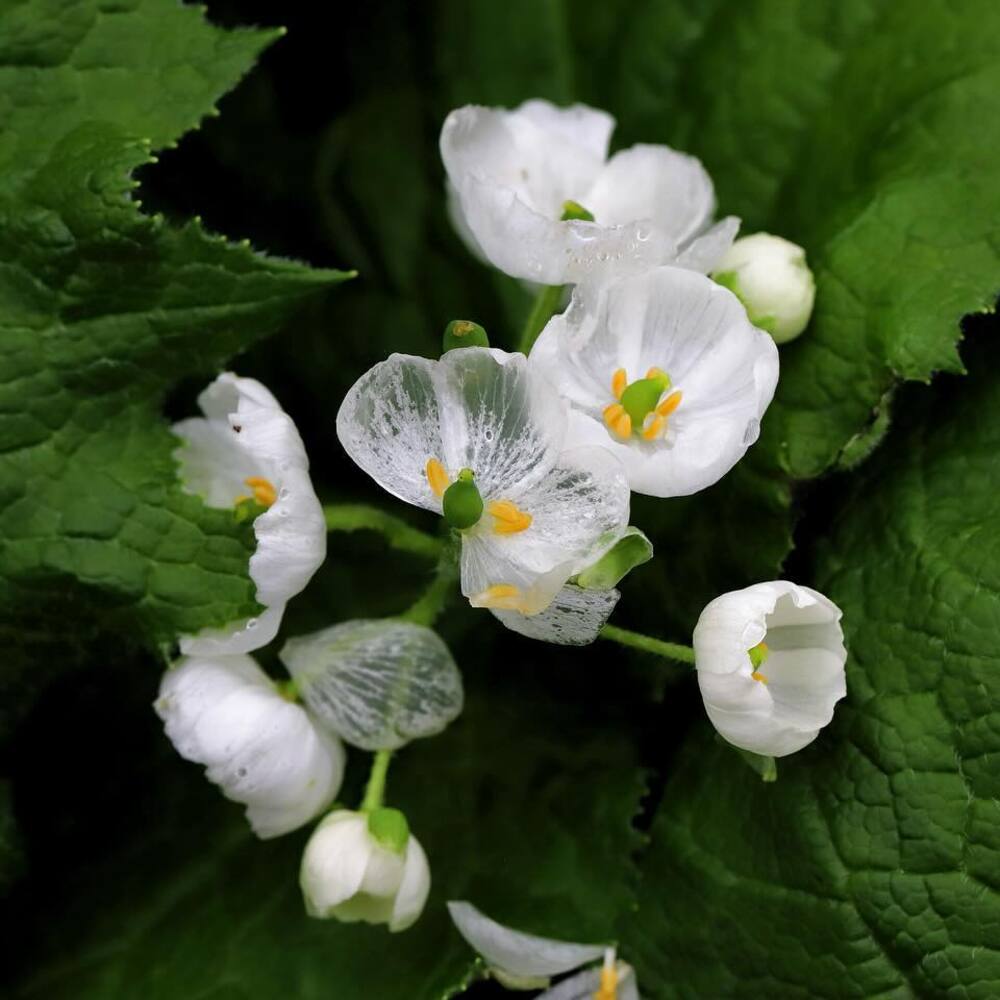
Learning Soil Texture and Understanding the Water Requirements of the Skeleton Plant
Skeleton flowers, also known as Asian umbrella leaves, thrive in soil conditions similar to their native Asian habitats. Here’s what you need to know:
-
Soil Texture: Ideal soil is sandy or loamy with high organic matter, ensuring good drainage and moisture retention. Annually add compost or leaf mold to maintain fertility and structure.
-
Water Requirements: Keep soil consistently moist but not waterlogged. Use drip irrigation or soaker hoses for slow, deep watering. Water more frequently during dry spells to prevent soil from drying out.
-
Mulching: Apply organic mulch around plants to retain moisture, provide nutrients, regulate soil temperature, and protect roots from extreme weather.
Humidity and Temperature Tolerance of Skeleton Flowers
This species thrives in high-humidity conditions. It prefers cooler temperatures, typically ranging from 15°C to 24°C (59°F to 75°F). These perennial plants require a winter chill period, with temperatures around -10°C to 4°C (14°F to 39°F) to trigger dormancy and rejuvenation.
During hot summers, ensure they receive ample shade and maintain soil moisture to prevent heat stress. In winter, cover the plant crowns with a thick layer of mulch to protect them from frost and maintain soil moisture during their dormant period.
This protective layer helps insulate the roots and ensures the plants remain healthy until the growing season resumes.
Fertilizing for Optimal Bloom of Your Skeleton Flower Plant
Skeleton flowers, require high humidity and cool temperatures. These deciduous perennials need a winter chill to trigger dormancy.
Ensure ample shade and high soil moisture in hot climates to prevent heat stress. In winter, apply a thick mulch layer over plant crowns to protect them from frost and maintain moisture during dormancy.
Maintaining Your Skeleton Flower Plant
Maintaining skeleton flower plants involves minimal effort once they are established. Ensure they are planted in shaded areas with rich, well-drained soil and keep the soil evenly moist. Regularly remove any dead foliage to allow new growth to flourish.
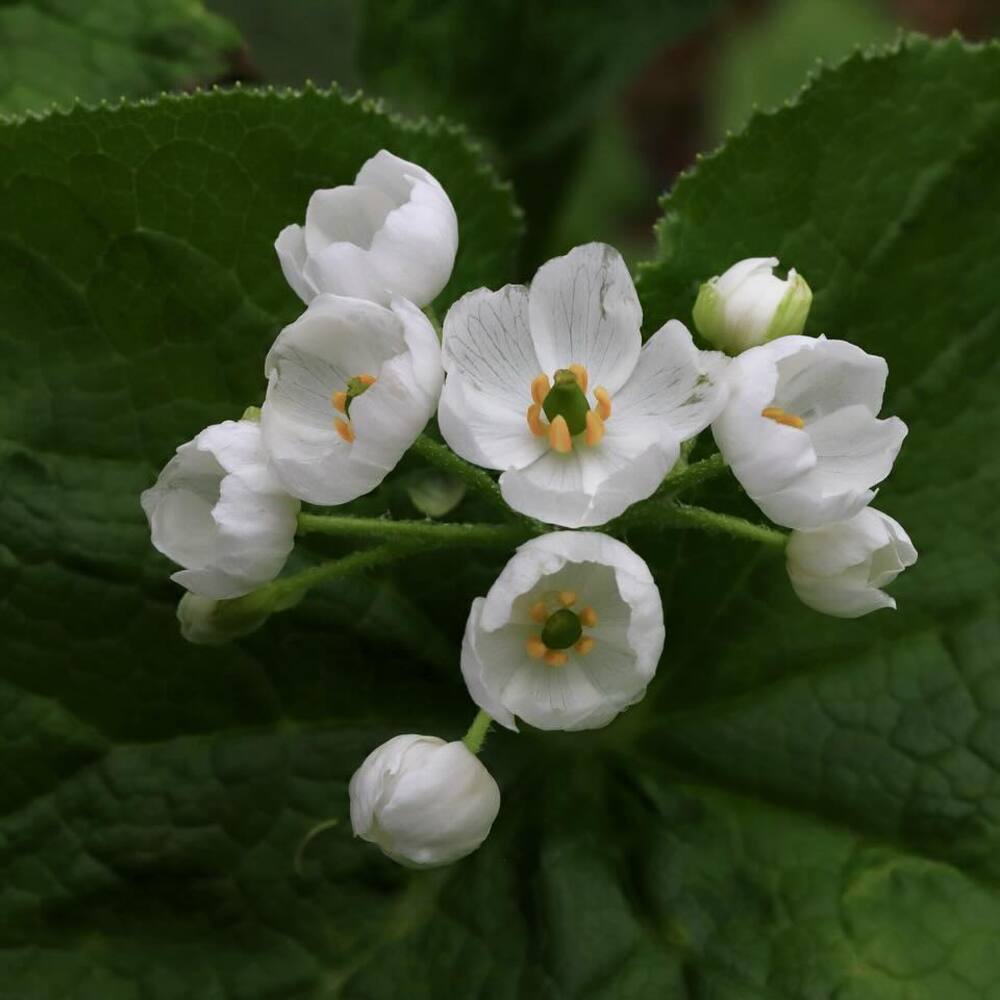
Pruning, Shaping and Deadheading of Skeleton Flowers
Pruning skeleton flowers is generally minimal but can enhance their health and appearance:
-
Dead Foliage Removal: Regularly remove dead leaves and stems, especially in winter. This prevents fungal growth and allows new shoots to emerge in spring.
-
Minimal Pruning: Trim damaged or diseased stems to the healthy part of the plant. This directs the plant's energy toward healthy growth.
-
Shaping: Lightly shape the plant for aesthetic purposes, avoiding heavy pruning. Regularly check for yellowing leaves and weak stems, removing them to encourage stronger growth.
-
Deadheading: Remove spent blooms to encourage continuous flowering. Use sharp scissors to snip off spent blooms above the first set of healthy leaves.
-
Seasonal Cleanup: Before winter, remove all dead plant material to prevent pests and diseases from overwintering. Apply mulch to protect the roots during cold months.
Dealing With Pests and Diseases Of Skeleton Plants
Skeleton flowers are resilient but can face pests and diseases:
-
Common Pests: Watch for aphids and slugs. Manage aphids with insecticidal soap and deter slugs with diatomaceous earth or copper tape.
-
Fungal Diseases: Ensure good air circulation and avoid overhead watering to prevent fungal issues. Apply fungicide at the first sign of disease.
-
Preventive Measures: Regularly inspect plants, maintain proper spacing to reduce humidity, and use mulch to prevent soil-borne diseases from splashing onto foliage.
Few Helpful Tips to 'Manage' Your Skeleton Flower Care
Here are some additional tips to help you manage the care of your skeleton flower plants effectively:
-
Consistent Moisture: Keep the soil consistently moist, but not waterlogged. Use drip irrigation or soaker hoses to ensure even watering. Mulching can help retain soil moisture and reduce evaporation.
-
Shade Management: Plant skeleton flowers in partial to full shade to protect them from harsh sunlight. Mimic their native woodland environment to ensure they receive dappled light.
-
Soil Quality: Enrich the soil with organic matter such as compost or leaf mold to provide essential nutrients and improve soil structure. This helps the plants to thrive and produce their characteristic translucent blooms.
-
Winter Protection: In colder zones, apply a thick layer of mulch around the base of the plants to protect the roots from frost. This is crucial for maintaining plant health during the dormant winter period.
By following these tips, you can ensure your skeleton flowers remain healthy and vibrant year-round.
Bringing the Beauty of Skeleton Flowers Into Your Space
Skeleton flowers, with their unique translucent petals and enchanting transformation, can add a touch of magic to any garden. By carefully selecting the right environment, ensuring consistent moisture, and providing adequate shade, you can cultivate this delicate perennial species successfully.
Their cultural significance and striking beauty make them a valuable addition to shaded garden corners, where they can thrive and mesmerize. With proper care and attention, skeleton flowers will reward you with their ethereal blooms year after year, becoming a captivating highlight of your outdoor space.
Header and feature image by @saza.oz3.

